22/April(fri)
15:00 : Departure for Miyagi.
According to weather forecast, we’ll expect some rain during weekend, not cheerful condition for house cleaning. But we still have hundreds of houses to clean. Team-Nadia, c’est parti!
19:30 : Arrived at Akiu-onsen
Tonight lodge, Iwanuma-ya. Famous onsen made me relaxed after 4h30m drive. And we found great soba-restaurant in front of ryokan. The owner prepared us a fresh made soba with tempura. And offered various dishes and rice for free, this place is definitely to come back!
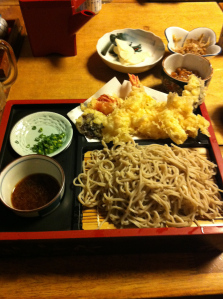
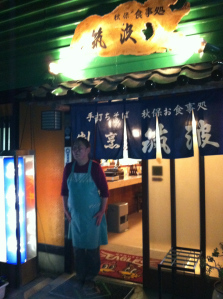
We went to bed early for next day’s activity…
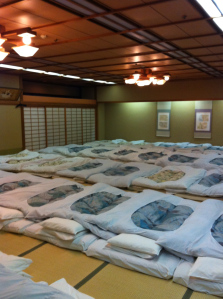
23/April(Sat)
07:00 : Departure hotel
09:00 : Arrived at Ishinomaki Minato elementary school
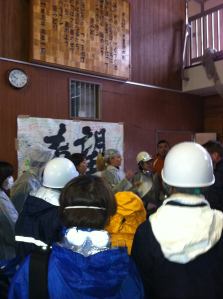
After briefing with all 47 crew, we are divided into several group, each group went to houses which were hit by Tsunami. Our team went a house close to Minato school. the weather condition wasn’t so good, but our motivation was very high, eye witnessing the power of natural disaster… All we want is that they can go back to their house and re-start their life as soon as possible. To move out a rotten piano took us lots of physical energy, but very glad to know owner still has a beautiful grand piano at other place so that one day she can enjoy playing it. We had a lunch break at Minato school and kept working in the afternoon until 16:00. We couldn’t finished all the work, it remained a store house to be cleaned, but we promised that we would come back as soon as possible.( And we came back next day!)
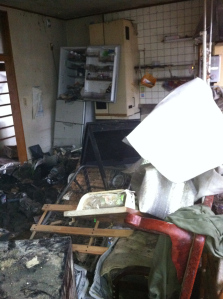
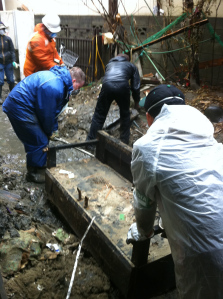
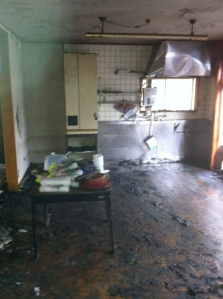
Her neighbor kindly let us wash our hands and boots, since they had a water well, we never appreciated water so much..

19:00 : Back to Akiu-onsen
There’s nothing better than onsen after physical work for whole day …
20:00 : Dinner time!
Get some energy for next day..
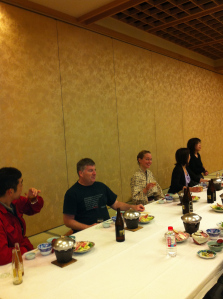
Positive energy come from good food and good sleep.
23/April(sun) Easter day
Another full day work before going back to Tokyo
Yesterday’s rain still remained on a road, water came up until knee high.. A hundred meter walk took us 10minutes. But it was a clear sunny day. Tohoku spring day really cheers us up.
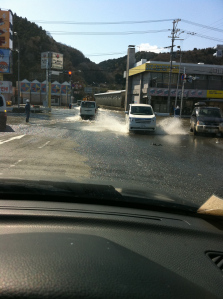
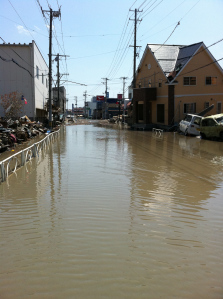
Today is Easter day, it’ christian holiday and family gather at home and have a feast all together, but seeing a manu at Minato elementary school shelter on this day, I felt the needs of immediate help.
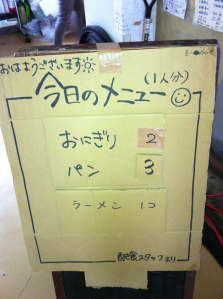
15:00 : finish the work, and going back to Tokyo
On the way back to Tokyo, we stopped at Nasukohgen to have a little break, and there we saw a beautiful rainbow… We believed this was a good sign.
When we arrived at home after 6 hours drive, I was exhausted, but somehow I was full of positive energy. And totally motivated for coming week.
I’ll be off for Miyagi-ken during golden week vacations, can’t wait to lift more wet tatamis….
